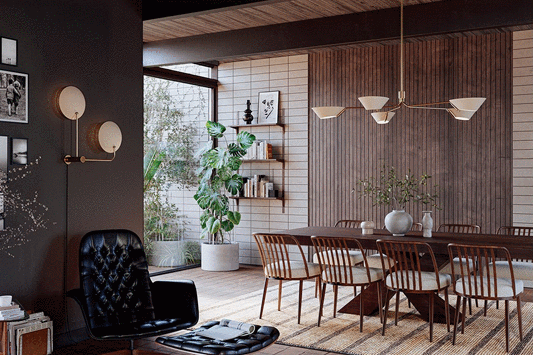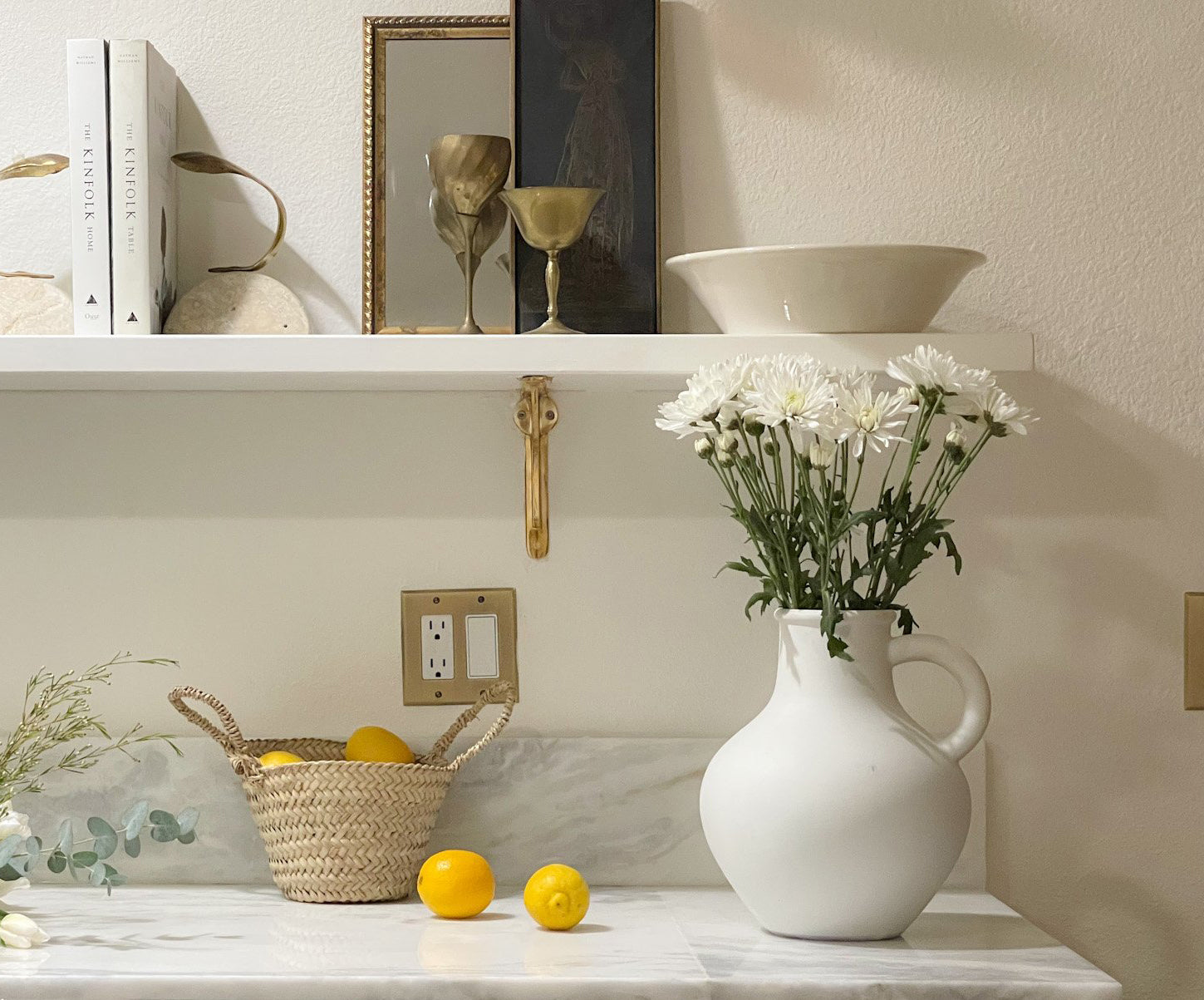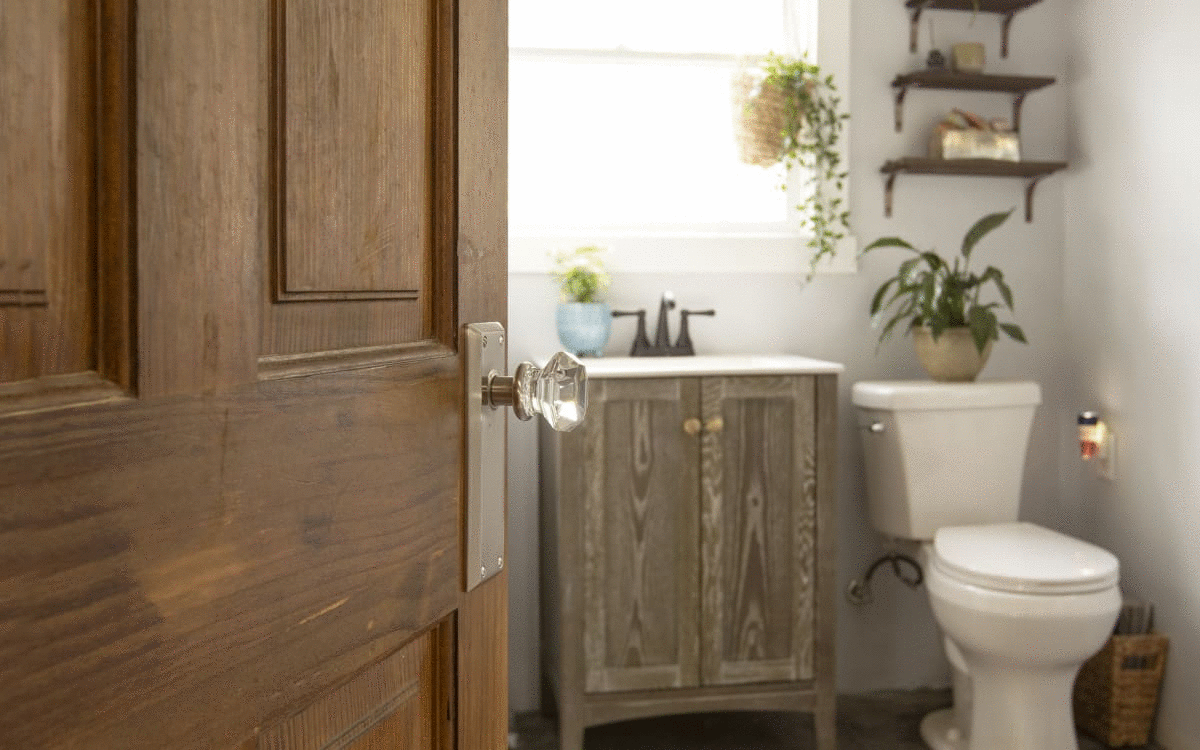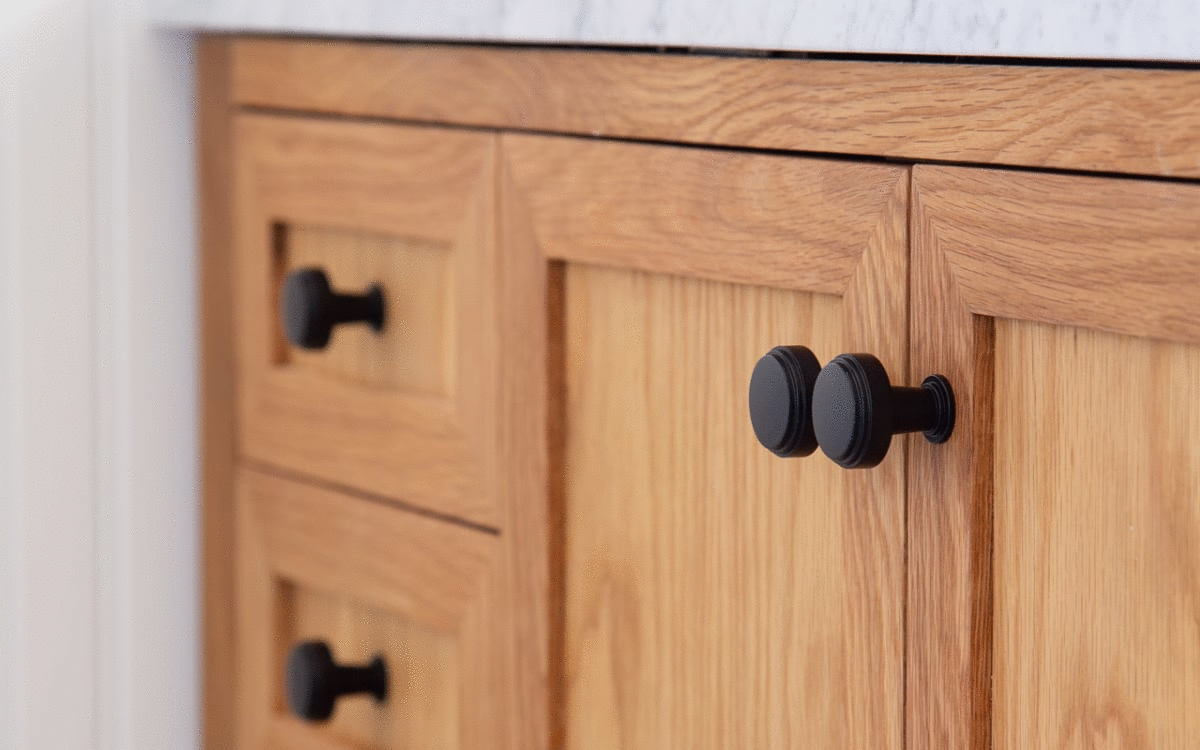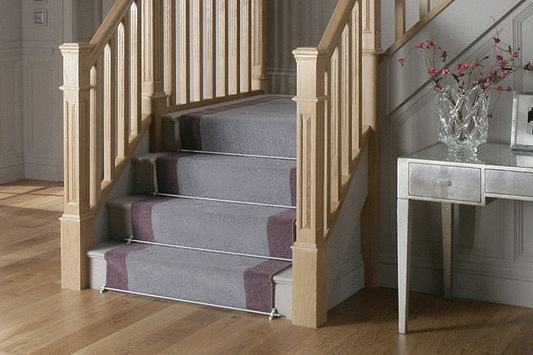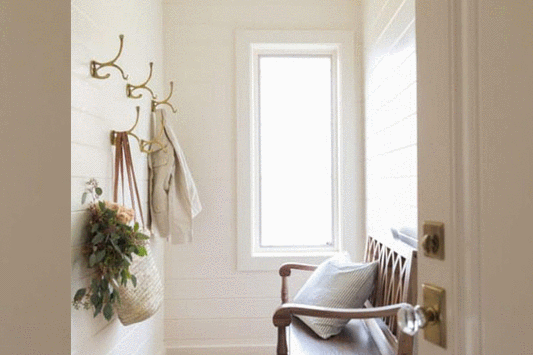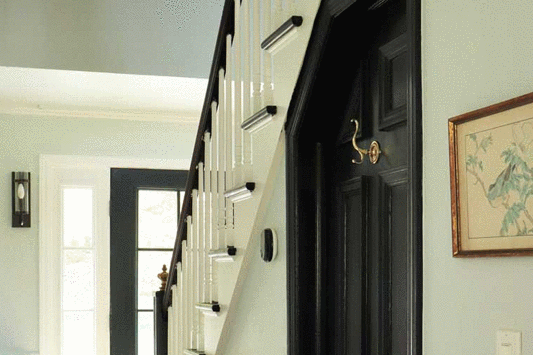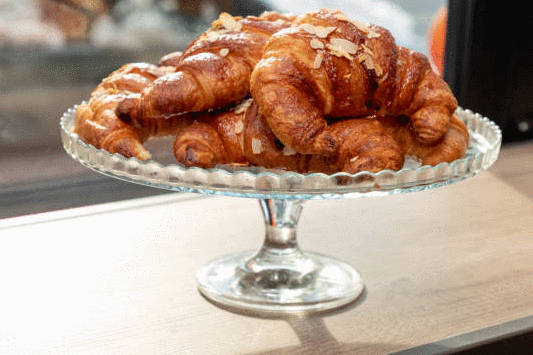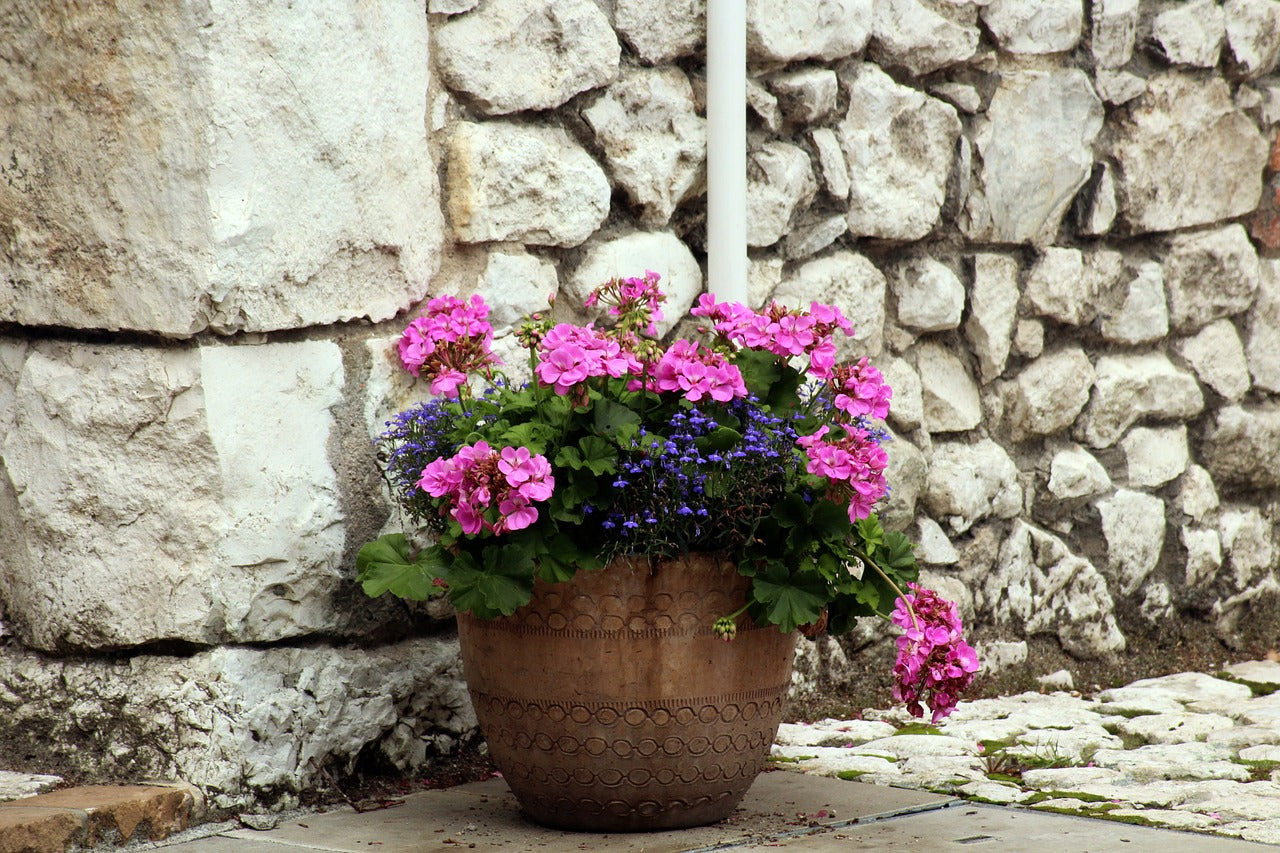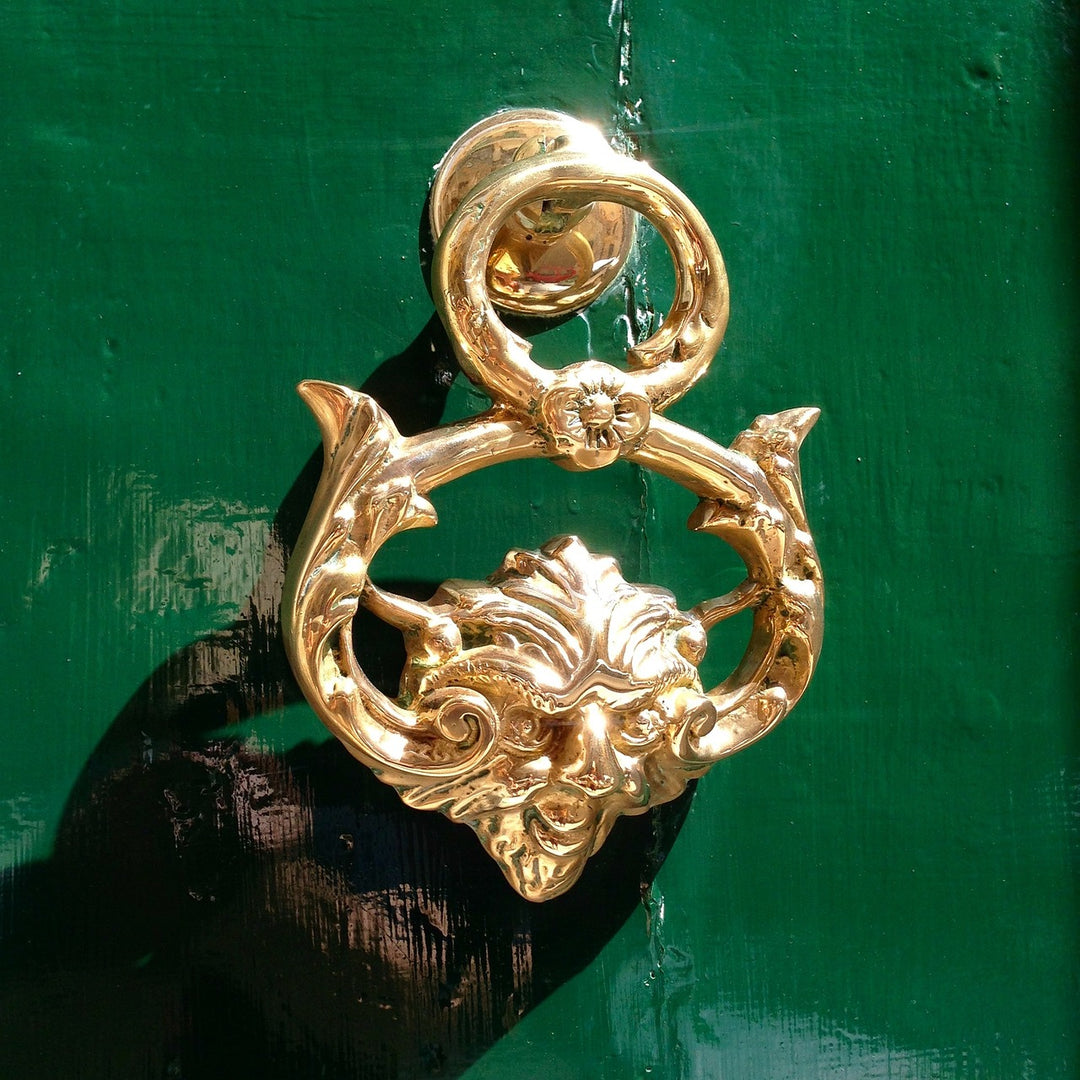Arts and Crafts Furniture Hardware
Furniture hardware is a crucial aspect of furniture design. It refers to the parts and components that are used for the construction of furniture. It includes hinges, knobs, handles, locks, and other decorative elements that enhance the appearance and functionality of the furniture. The arts and crafts movement was a design movement that emerged in the late 19th century and lasted until the early 20th century. The movement was characterized by a focus on traditional craftsmanship and the use of natural materials. This article explores the furniture hardware of arts and crafts, examining the design, materials, and techniques used to create these functional and decorative elements.

History of Arts and Crafts Movement:
The arts and crafts movement emerged in response to the industrialization and mass production of the late 19th century. The movement was a rejection of the dehumanizing effects of mass production and the loss of traditional craftsmanship. In the United Kingdom, the movement was led by William Morris, who founded the Morris, Marshall, Faulkner & Co. workshop in 1861. Morris was a designer, writer, and activist who believed in the importance of beauty, craftsmanship, and social reform. He advocated for the use of traditional craft techniques and natural materials, and he sought to create objects that were both functional and beautiful.
The arts and crafts movement spread throughout Europe and North America, and it influenced a wide range of designers and artists. The style was characterized by simple forms, natural materials, and traditional techniques. The movement emphasized the importance of quality over quantity, and it sought to create objects that were beautiful, durable, and meaningful.

Design of Arts and Crafts Hardware:
The design of arts and crafts hardware reflects the principles of the movement. The hardware is characterized by simple forms, natural materials, and traditional techniques. The hardware is often made from brass, copper, or iron, and it is sometimes finished with a patina that gives it an aged and weathered appearance. The hardware is designed to be both functional and decorative. Many of the designs are inspired by nature, such as leaves, flowers, and vines. The hardware is often cast or hammered, and it is sometimes embellished with engraving or chasing. The designs are often asymmetrical and organic, reflecting a deep appreciation for nature and the natural world.
 Materials Used for Arts and Crafts Hardware:
Materials Used for Arts and Crafts Hardware:
The materials used for arts and crafts hardware reflect the principles of the movement. The hardware is often made from natural materials such as brass, copper, and iron. These metals are valued for their durability and their ability to be shaped and finished using traditional techniques. Brass is a popular material for arts and crafts hardware. It is an alloy of copper and zinc, and it has a warm golden color. It is often used for knobs, handles, hinges, and locks. Brass can be polished to a high shine, or it can be finished with a patina that gives it an aged and weathered appearance.
Copper is another popular material for arts and crafts hardware. It is a soft, malleable metal that is valued for its warm, reddish-brown color. Copper is often used for door knockers, drawer pulls, and other decorative elements. Like brass, copper can be polished or left to develop a patina. Iron is a third material that is often used for arts and crafts hardware. It is a strong and durable metal that is valued for its dark, matte appearance. Iron is often used for hinges, latches, and locks. Iron can be finished with a patina that gives it an aged and rustic appearance.

Techniques for Creating Arts and Crafts Hardware:
The techniques used to create arts and crafts hardware reflect the principles of the movement. The hardware is often created using traditional techniques such as casting, forging, and chasing. These techniques allow for the creation of unique, handmade pieces that reflect the individuality and personality of the maker. Casting is a technique that involves pouring molten metal into a mold. The mold can be made from a variety of materials, including clay, sand, and plaster. Casting allows for the creation of complex shapes and intricate details. Many arts and crafts hardware pieces are created using the lost-wax casting technique, which involves creating a wax model of the design and then encasing it in a ceramic mold. The wax is melted out of the mold, and the molten metal is poured in.
Forging is a technique that involves shaping metal by heating it and then pounding it with a hammer. Forging allows for the creation of strong, durable pieces that can be shaped in many different ways. Arts and crafts hardware pieces that are created using forging often have a rustic, handmade appearance.
Chasing is a technique that involves using a hammer and chisel to create designs and textures on metal. Chasing allows for the creation of intricate details and patterns that can be used to embellish hardware pieces. Arts and crafts hardware pieces that are created using chasing often have a rich, textured appearance.

The furniture hardware of arts and crafts is characterized by simple forms, natural materials, and traditional techniques. The hardware is designed to be both functional and decorative, and it is often inspired by nature. The materials used for arts and crafts hardware include brass, copper, and iron, and the techniques used to create the hardware include casting, forging, and chasing. The hardware of arts and crafts is an important part of the movement, reflecting the principles of beauty, craftsmanship, and social reform that defined this significant period in design history.



